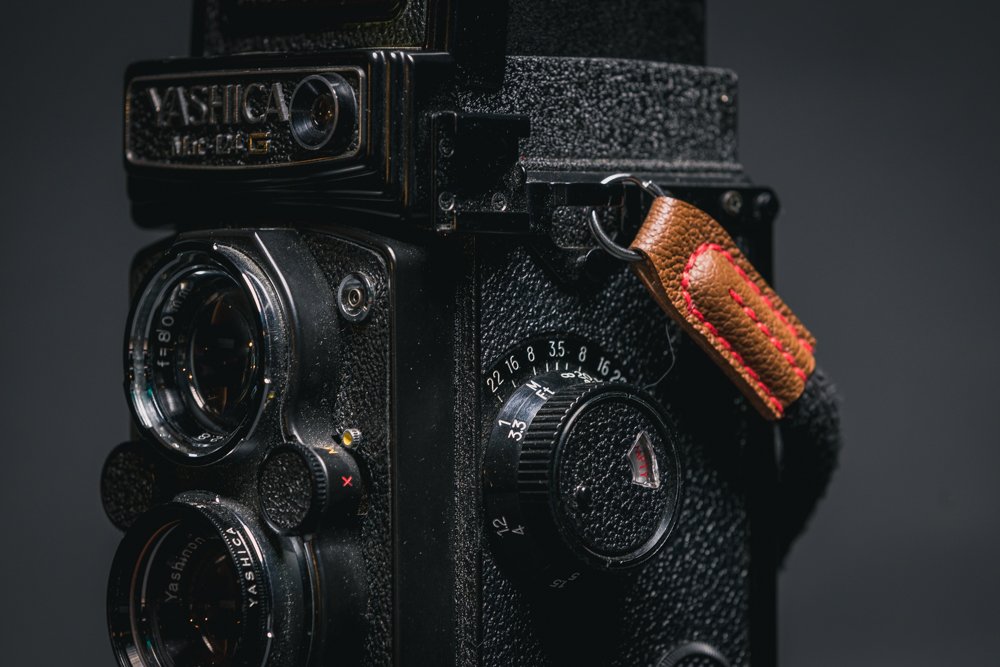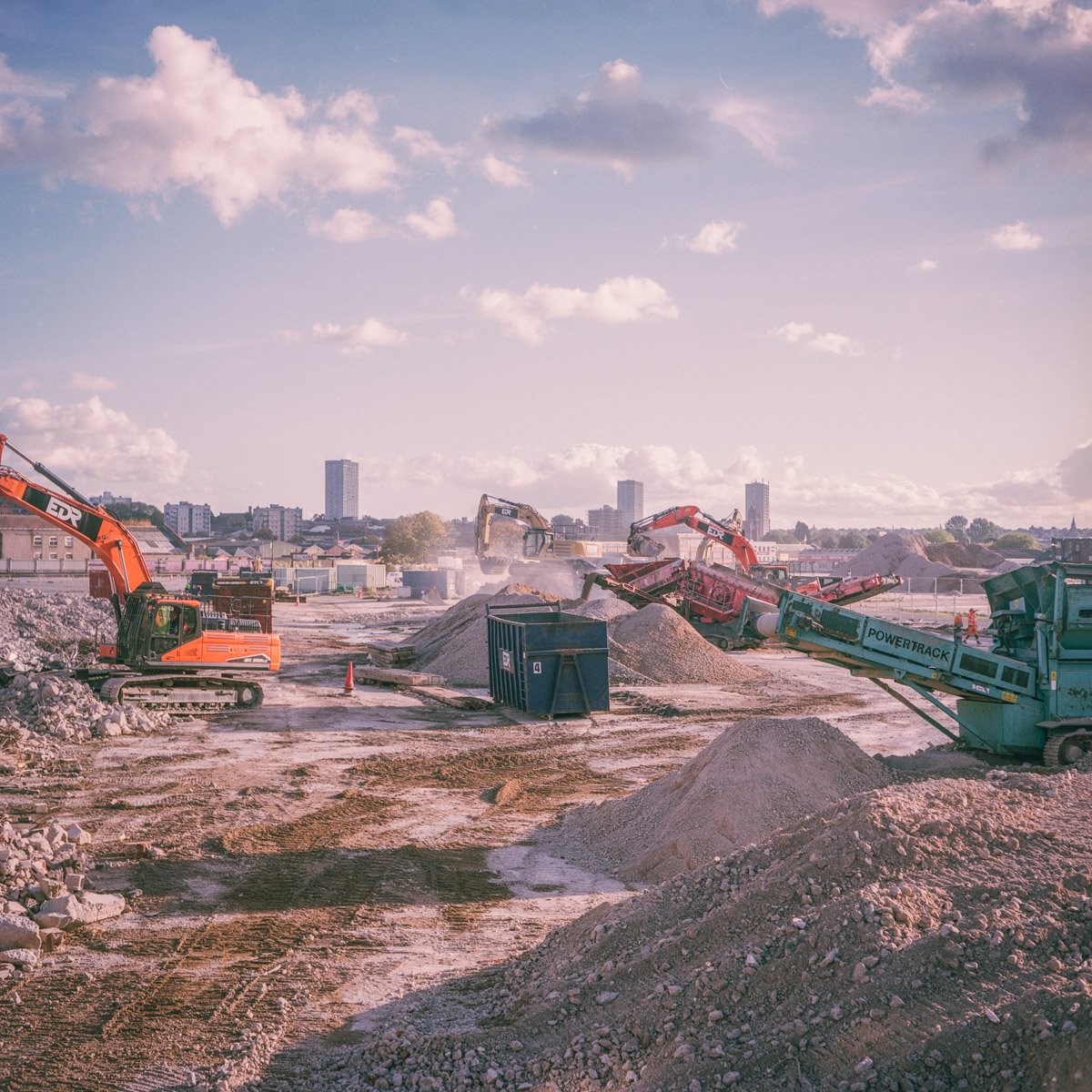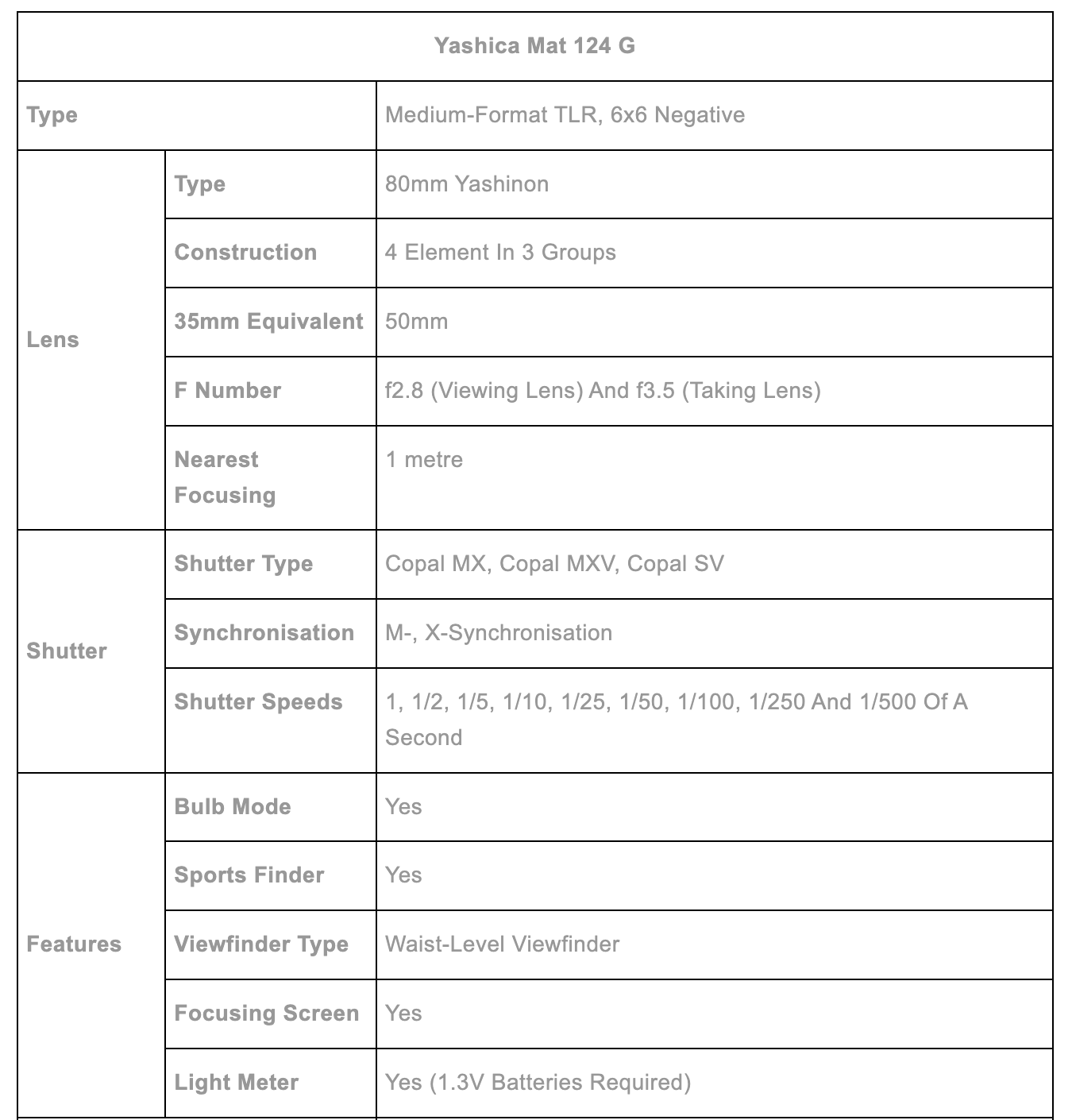YASHICA MAT 124 G REVIEW - BUDGET BEAUTY OR TWIN LENS TAT?
It takes immense dedication to be running around these days with an old vintage camera. And when I say 'old', I don't mean the 2000s or 1990s 'old'... I mean back when cameras had cogs, pulleys, and gears in them, as if a simple service meant pulling apart the innards of Big Ben. Just like my Yashica Mat 124 G, using something this vintage is quite an interesting experience in almost every regard, from repairs to taking photos.
You'd typically have to persevere with the oddity of the mechanics and ergonomics when shooting with an old camera, back when things were less standardised. Not to mention, the mind-numbing aspect of having to fix stuff when things go wrong. To be a vintage camera owner is akin to driving around in a Ford Model T, at a time when Teslas are commonplace. So, with that being said, why bother with vintage cameras?
PLEASE NOTE: I PURCHASED THIS WITH MY OWN MOMEY AND NO PAYMENT OR CONTROL WAS EXCHANGED FOR PUBLISHING THIS UNBIASED REVIEW
Well, as my experience with the Yashica Mat 124 G has told me, these ancient cameras are a lot of fun! For a spot of context, the Yashica Mat 124 G is a TLR, or 'twin-lens reflex'. If you were born early this century, it means that it has two lenses at the front... There's the 'viewing' lens at the top, which you view through by looking from the waist-level viewfinder at the top. This gives you an idea of what you're taking a photo of.
Then, there's another lens at the bottom - this is what's taking photos onto the film, otherwise referred to as a 'taking' lens. Historically, the Yashica Mat 124 G is one of many cheaper alternatives to the legendary Rolleiflex cameras. The latter of which can often cost you thousands of dollars. That, of course, depends on their condition, the specific model or variant, not to mention the market and who you're buying from.
The Merits Of Using Vintage Cameras
While the Rolleiflex can be classed as a high-end collector's piece, the Yashica Mat 124 G could be had for anywhere between £250 to £500. It should be noted that the "G" model is one of many other Yashica Mat 124 versions sold, so each one does have its own merits. As for mine, I bought it on the former end of that price range, and it's even in pretty good condition, as well. With that out of the way, how do you use it?
To anyone who's used DSLRs or their iPhones to take pictures, the idea of a waist-level viewfinder may, at first, appear somewhat archaic. But, I'd argue that we should bring waist-level viewfinders back, because there's a shocking amount of practicality to be found. On those long days of shooting, not having to lift up a camera to your eye level and hold it there could be surprisingly comfortable and ergonomic.
Video Source - Kyle McDougal via YouTube
Instead, all you need to do is let it hang by your waist level - or bring it up slightly to your chest - and look down at it to peer through the viewfinder or the focusing screen. There are other practical use cases for it, too. For instance, with a waist-level viewfinder, you could take photos while also being discreet... Holding up a big camera to your face does catch people's attention. This makes it ideal for street photography.
There are certainly worse looking cameras out there! <3
Similarly, imagine wanting to take a portrait of a model, and still have that eye-to-eye communication with them as you're keeping your TLR still, without having a giant camera in your face, getting in the way. If not for any practical reasons, an old-fashioned TLR is certainly a conversation starter for passers-by. Alas, it's perhaps not strong enough of an argument for any camera maker to engineer new TLRs in 2023.
“A great buy for anyone who’s enthusiastic about film photography, but without breaking the bank”
A Rolleiflex For Those With Tight Budgets
Specs-wise, the Yashica Mat 124 G is a medium-format film camera, with a 6x6 square negative. And, they come with fixed 80mm lenses, which is a 50mm equivalent to the 35mm standard. As there are two lenses on TLRs, they each have their own focal length, and the same goes with the Yashica Mat 124 G. Its viewing lens at the top is an f2.8, while the taking lens at the bottom (responsible for taking photos) is an f3.5.
On the other hand, the shutter speeds can vary between 1/500th of a second to 1 second. So far, it's pretty standard fare for medium-format film cameras, even in the decades following its initial release. Plus, you'd even get a Bulb mode. Naturally, being a film camera, you'll need a roll of film to capture photos with it. A Yashica Mat 124 G takes in either 120 or 220 films, with options between 12-exposure to 24-exposure.
Given the fact that 220-roll film is no longer in production these days, you're mostly stuck with 120. With it, you'll get 12 shots out of a single roll, which is modestly economical. Being an older camera, the 124 G is a very mechanical device to use. Albeit, the 124 G (not necessarily a staple of all 124 models) comes with an included light meter. Unfortunately, the light meter on my unit here is very broken and doesn't work.
Once you dive into the forums, you'll realise that light meter failures are a common fault on these. So, if a photoshoot demands that you need one, make sure you have an external light meter or even a simple light meter app on your phone at the ready... Just in case. That's unless you happen to have some spare PX625 mercury oxide batteries around to recharge the built-in light meter on the Yashica Mat 124 G.
Simple To Use, Yet Brilliant To Take Photos With
As is expected of a camera from yesteryear, there aren't a lot of controls to fiddle around with. There's the focusing knob, with aperture and shutter speed controls on the very front of the camera, besides the lens. Elsewhere, on the right-hand side of the camera, there's the winding lever, as well as a sports finder for a direct shoot. To be fair, the placement of things on the 124 G does take some getting used to.
That's especially if you're more accustomed to the industry-standardised layouts of modern cameras. Just as peculiar is having to use that waist-level viewfinder. Despite all my praises for it, having the picture be inverted requires some degree of patience as you're getting the hang of trying to compose a shot. Though, if the image quality to come out of it is at least okay, then the Yashica Mat 124 G is worth it, right?
Video Source - Jaycie Linh via YouTube
Actually, it's more than just 'good', as this relic of the 1950s takes some staggeringly great photos. Yes, a bit of technique is required when you're dealing with a lot of manual controls - it's hardly point-and-shoot, as you would with a digital camera. But, do it right, and the images that come out of the 124 G often tend to be quite sharp. That's particularly, as I've found, once it's stopped to between f8 to f11.
You will probably guess my location from the photos and ‘Photographer Birmingham’ plastered all over my website. However, this little beauty is also great for travelling with. It’s (relatively) diminutive size means it is easy to throw in a bag and apart from being conscious of it’s age, it’s pretty solid, as long as you take care of it. The only thing better than using this camera is using it in some beautiful, far-flung location!
This is partly aided by the Yashica Mat 124 G's crisp lens, and that square 6x6 negative. Not only would it afford you a high level of detail in your shots, it even has a good amount of depth of field. You'd think the quality would absolutely be demolished when looking side by side compared to a modern camera. Yet, it holds up quite well on its own. As such, you could totally rely solely on the 124 G for taking photos.
A Time Capsule For The Good Old Days
It's fair to say that given the practical functionality and great image quality, owning a vintage camera like the Yashica Mat 124 G is more than a mere gimmick. Or, simply trying to be all cool and hipster. Still, that doesn't mean that there aren't any novelties to be enjoyed with it. Viewing through the focusing screen as well as the 124 G's waist-level viewfinder is no doubt a pretty unique photo-taking experience.
Compared to viewing with just one eye through a DSLR's digital viewfinder, being able to use both eyes and look into a TLR viewfinder gives off a 3D-like quality that's hard to match. Equally as old-school is the build quality of the Yashica Mat 124 G. It's decent, but nothing extraordinary, and is most certainly fragile. Take a look inside any vintage camera, and you'll have an idea of how many moving parts there are.
So, make sure you don't drop it. Additionally, since it's a camera from the 1950s, buying one almost always requires that you at least give it an in-depth inspection before any serious shooting. There's likely at least something in there that needs urgent servicing. Or, it's nearing the end of its usable service life and needs a full replacement. A saving grace here is the relative abundance of 124 Gs on the used market.
Video Source - Imran Nuri via Youtube
With that in mind, it might not be too tough to find spares. If you are to carry it around day-to-day, make sure you also have a strap for it. Unlike most other 124s, the 124 'G' variant has a bit of plastic in its build. Yet, with a nearly all-metal construction, the Yashica Mat 124 G is still pretty heavy. This does translate to a solid - if not a bit clunky - feel to it anytime you pick it up or have it hanging around your neck.
Specs, Details, And Closing Thoughts
Despite being an ancient camera, the Yashica Mat 124 G is still a nice bit of kit. Some might argue that it's really only functional as some sort of collector's toy or a hipster fashion statement. But, once you spend a good bit of time with it, and see how well it takes photos, you'll realise how capable it can really be. It even stands toe-to-toe with modern cameras of today (those huge negatives can render a lot of detail!), even if a phone camera might match it.
The most important factor for me, in all of this, is F-U-N. It's a fun alternative to a digital camera or even a later film camera and is enjoyable to take photos with. This joyousness is also the reason why I try to bring it with me as frequently as I can. To be fair, if I had deep pockets, I'd still go for a Rolleiflex. Regardless, the Yashica Mat 124 G is still a fantastic pick and a great buy for any budget-friendly film camera enthusiast.
About the Author - Ross Jukes is a professional Photographer and Videographer with over a decade of experience. Working in both Digital and Analogue formats, Ross has worked with international clients, had his worked published numerous times and exhibited his work extensively. With a passion for all things photographic, Ross combines his experience, enthusiasm and dedication to his art form to create engaging and educational content for the photographic community.
Disclaimer: All links to Amazon UK are affiliated links - you will still pay the same price but I will receive a small commission for providing the link. All information provided in this blog is intended either for educational or entertainment purposes and is accurate to the best knowledge of the author. However, further research/professional advice should be sort before making purchases/implementing any advice given and no responsibility is taken by the author or parties mentioned here within.
































